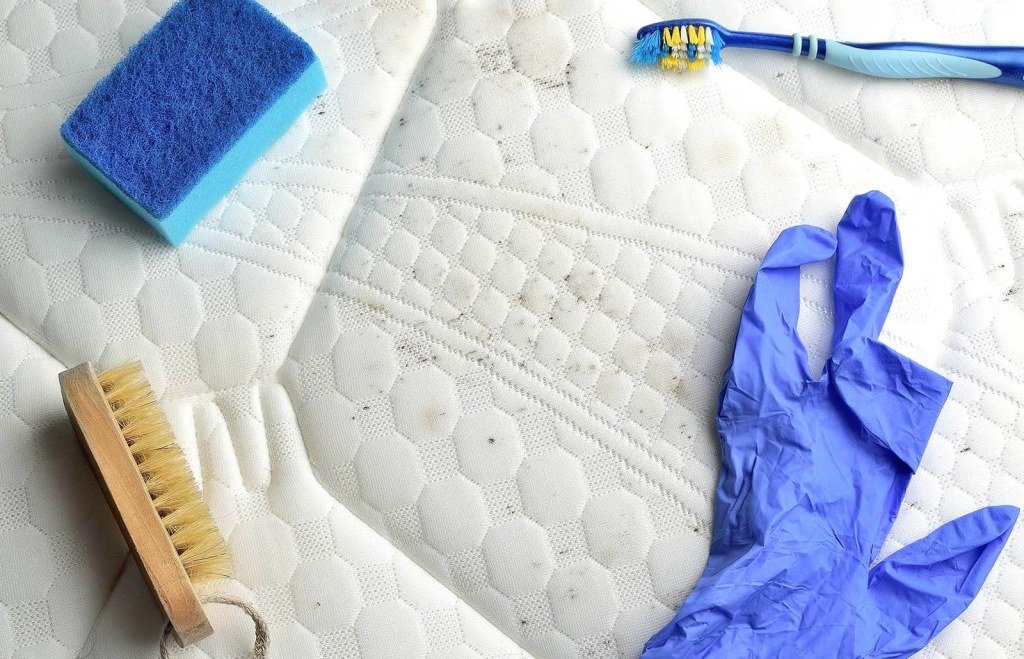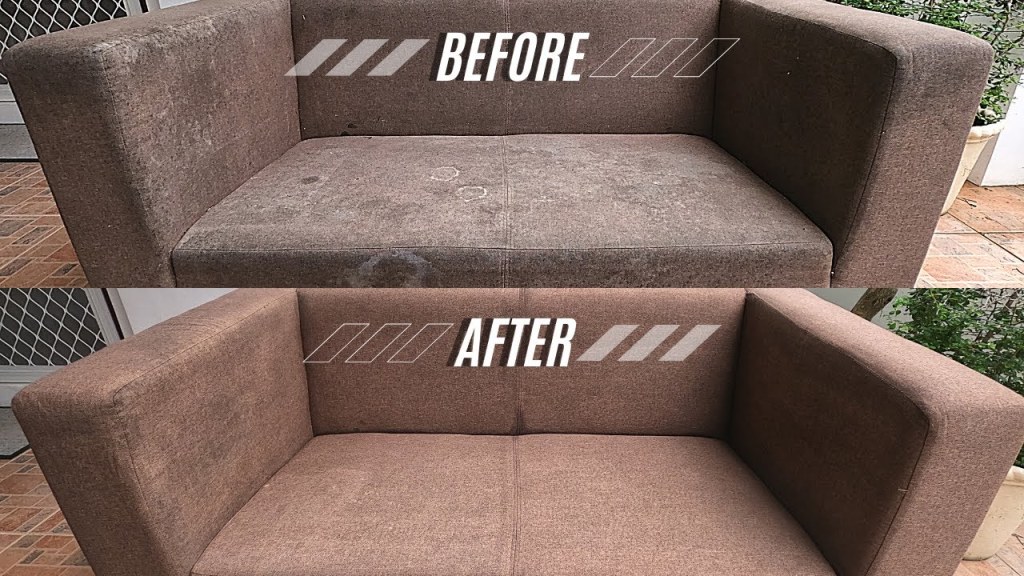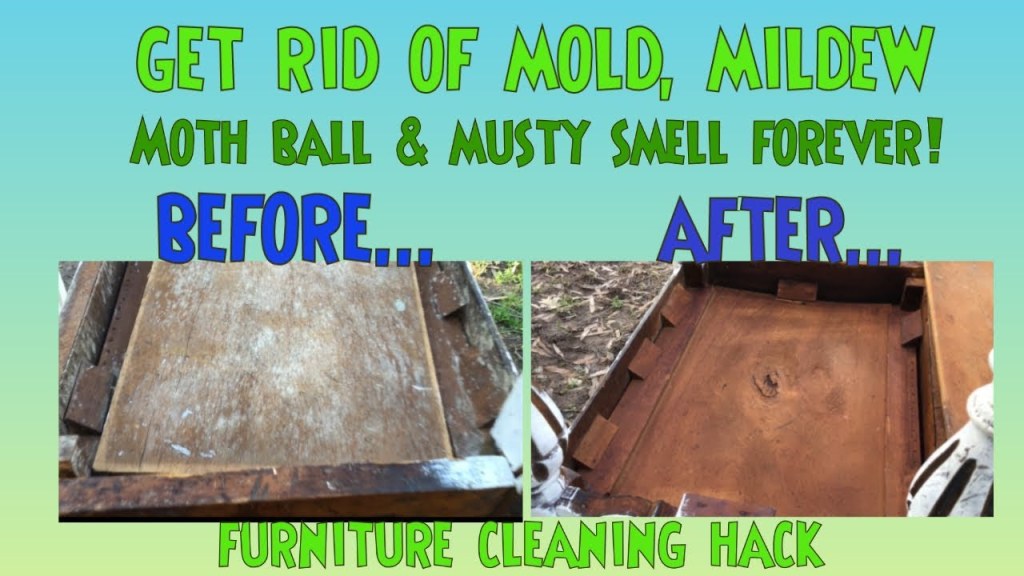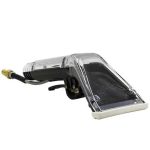Ultimate Guide: Remove Mildew From Upholstery With Ease – Click Now For Expert Tips!
Remove Mildew from Upholstery
Introduction
Dear Upholstery Enthusiast,
3 Picture Gallery: Ultimate Guide: Remove Mildew From Upholstery With Ease – Click Now For Expert Tips!
Welcome to our comprehensive guide on how to remove mildew from upholstery. Mildew can be a common problem that affects the appearance and cleanliness of your upholstery. In this article, we will provide you with step-by-step instructions and useful tips to effectively eliminate mildew and restore the beauty of your upholstery.

Image Source: ltkcdn.net
Mildew is a type of fungus that thrives in damp and humid conditions. It can cause unpleasant odors, discoloration, and even damage to your upholstery if left untreated. However, with the right techniques and products, you can easily get rid of mildew and prevent it from coming back.
So, if you’re dealing with mildew on your upholstery and want to learn how to tackle this issue, keep reading to discover our expert tips and tricks.
Table of Contents

Image Source: ytimg.com
1. What is Mildew?
2. Who is Affected by Mildew?

Image Source: ytimg.com
3. When Does Mildew Occur?
4. Where Does Mildew Grow on Upholstery?
5. Why is it Important to Remove Mildew from Upholstery?
6. How to Remove Mildew from Upholstery?
7. Advantages and Disadvantages of Removing Mildew from Upholstery
8. Frequently Asked Questions about Removing Mildew from Upholstery
9. Conclusion
10. Final Remarks
1. What is Mildew? 😷
Mildew is a type of fungus that grows on organic materials, including upholstery. It appears as small black or white spots and is often accompanied by musty odors. Mildew thrives in warm and humid environments, making upholstery susceptible to its growth.
To effectively remove mildew from upholstery, it’s important to understand its nature and take appropriate measures to eliminate it.
2. Who is Affected by Mildew? 🧐
Mildew can affect anyone who owns upholstered furniture or items. Whether you have a sofa, chairs, or even car upholstery, you are at risk of experiencing mildew growth. This is especially true if your upholstery is exposed to high humidity or moisture.
It’s crucial to regularly inspect your upholstery for any signs of mildew and take immediate action to prevent its spread.
3. When Does Mildew Occur? 📅
Mildew can occur at any time of the year, but it is more common in warm and humid climates. The summer months are particularly favorable for mildew growth due to increased humidity levels. However, even in colder months, if your upholstery is exposed to moisture or dampness, mildew can still develop.
Regular maintenance and preventive measures are key to keeping mildew at bay.
4. Where Does Mildew Grow on Upholstery? 🏠
Mildew can grow on any type of upholstery, including fabric, leather, and vinyl. It tends to thrive in areas that are dark, damp, and poorly ventilated. Common areas where mildew is found on upholstery include basements, bathrooms, and rooms with high humidity levels.
Regularly inspect your upholstery, paying close attention to hidden corners and crevices, to detect any signs of mildew.
5. Why is it Important to Remove Mildew from Upholstery? ❗
Removing mildew from upholstery is essential for several reasons:
1. Health Risks: Mildew can trigger allergies and respiratory problems, especially in individuals with existing respiratory conditions.
2. Odor Elimination: Mildew emits a musty odor that can be unpleasant and difficult to eliminate. Removing mildew will help get rid of these unwanted odors.
3. Upholstery Preservation: Mildew can cause stains and damage to your upholstery. By removing it promptly, you can preserve the quality and appearance of your furniture.
4. Prevention: Eliminating mildew from your upholstery prevents its spread to other areas and reduces the risk of future growth.
Now that you know why removing mildew is crucial, let’s move on to the next section to learn how to remove it effectively.
6. How to Remove Mildew from Upholstery? ❓
Removing mildew from upholstery requires a systematic approach and the right tools. Follow these steps to effectively eliminate mildew:
1. Step 1: Prepare the area by ventilating the room and wearing protective gloves and a mask.
2. Step 2: Vacuum the upholstery to remove any loose spores and debris.
3. Step 3: Mix a solution of equal parts white vinegar and water in a spray bottle.
4. Step 4: Lightly spray the affected areas with the vinegar solution.
5. Step 5: Gently scrub the mildew spots with a soft brush or sponge.
6. Step 6: Rinse the upholstery with clean water to remove any vinegar residue.
7. Step 7: Dry the upholstery thoroughly, preferably in a well-ventilated area.
By following these steps, you can effectively remove mildew and restore the cleanliness of your upholstery.
7. Advantages and Disadvantages of Removing Mildew from Upholstery
There are several advantages and disadvantages to consider when removing mildew from upholstery:
Advantages:
1. Improved Indoor Air Quality: Removing mildew eliminates allergens and improves the overall air quality in your home.
2. Enhanced Aesthetics: Eliminating mildew restores the appearance of your upholstery, making it look clean and fresh.
3. Preventive Measures: Taking action to remove mildew helps prevent its spread and future growth.
Disadvantages:
1. Time-consuming: Removing mildew from upholstery can be a time-consuming task, particularly if the infestation is severe.
2. Potential Damage: Improper cleaning techniques or harsh chemicals can potentially damage the upholstery fabric or material.
3. Reoccurrence: If the underlying cause of the mildew growth is not addressed, there is a chance of reoccurrence in the future.
8. Frequently Asked Questions about Removing Mildew from Upholstery
Q: Can I use bleach to remove mildew from upholstery?
A: It is not recommended to use bleach on upholstery as it can cause discoloration and damage the fabric. Stick to mild, non-toxic cleaners like vinegar.
Q: How often should I check for mildew on my upholstery?
A: It is advisable to check for mildew on your upholstery regularly, especially in high-humidity areas or during humid seasons.
Q: Is it possible to prevent mildew growth on upholstery?
A: Yes, you can prevent mildew growth on upholstery by ensuring proper ventilation, controlling humidity levels, and addressing any moisture issues promptly.
Q: Can professional upholstery cleaning services remove mildew?
A: Yes, professional upholstery cleaning services have specialized equipment and expertise to effectively remove mildew from upholstery.
Q: Can I use a hairdryer to dry the upholstery after cleaning?
A: It is not recommended to use a hairdryer as it can potentially damage the upholstery fabric. Instead, allow the upholstery to air dry naturally.
9. Conclusion
In conclusion, removing mildew from upholstery is essential for maintaining a clean and healthy environment. By following the steps outlined in this article, you can effectively eliminate mildew and prevent its reoccurrence. Remember to regularly inspect your upholstery, take preventive measures, and address any moisture issues promptly to keep mildew at bay.
Enjoy your fresh and mildew-free upholstery!
10. Final Remarks
Removing mildew from upholstery requires attention to detail and proper care. It is important to follow the recommended techniques and use appropriate cleaning products to ensure the best results. However, if you are unsure about tackling the task yourself, it is advisable to seek professional upholstery cleaning services. They have the expertise and equipment to safely and effectively remove mildew, leaving your upholstery looking and smelling fresh.
Remember, prevention is the key to avoiding mildew growth. Regularly clean and maintain your upholstery, control humidity levels, and address any moisture issues promptly to keep mildew at bay.
Disclaimer: The information provided in this article is for general informational purposes only and should not be considered as professional advice. Always consult a professional for specific guidance related to your upholstery cleaning needs.
This post topic: Upholstery

